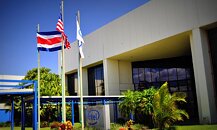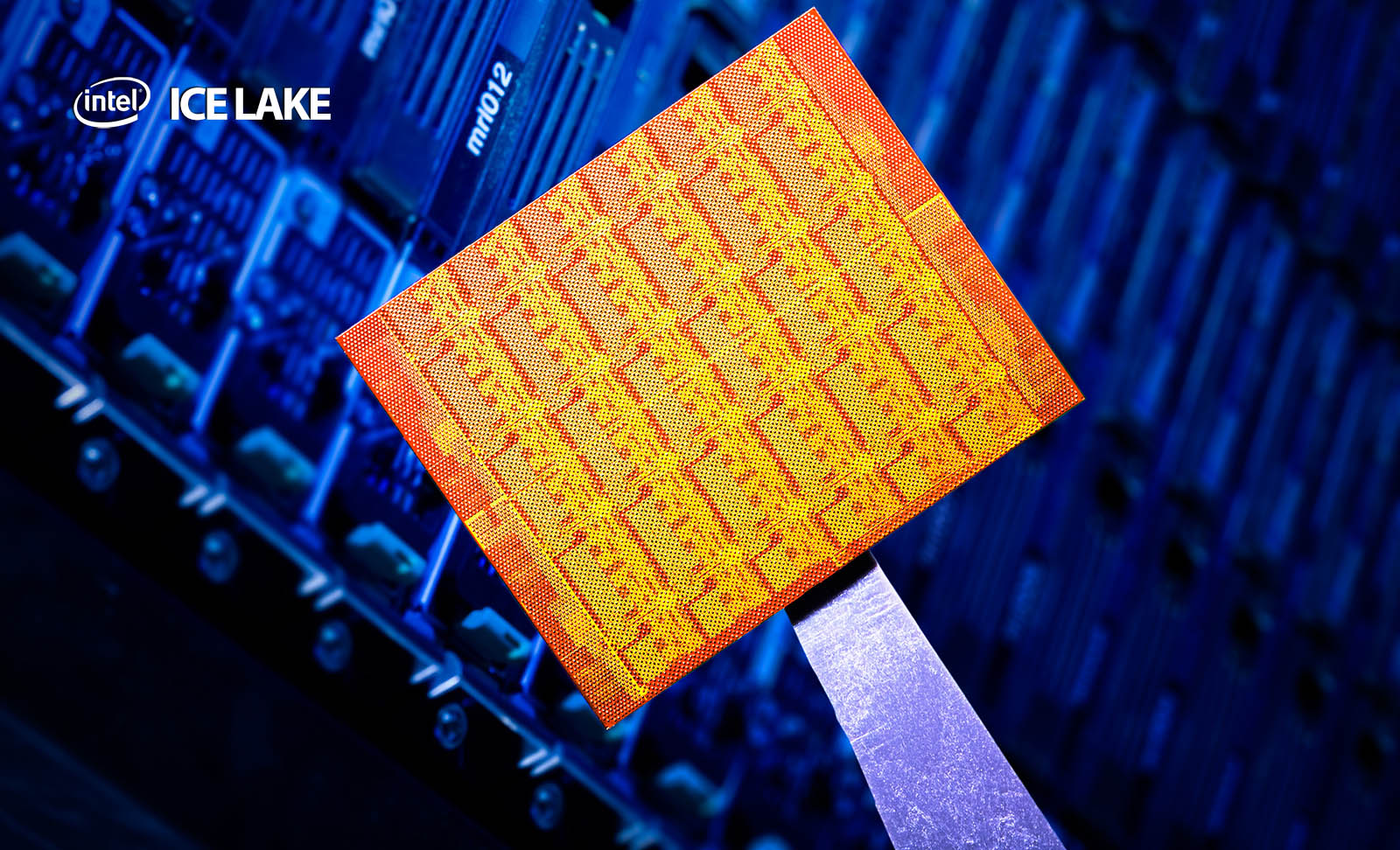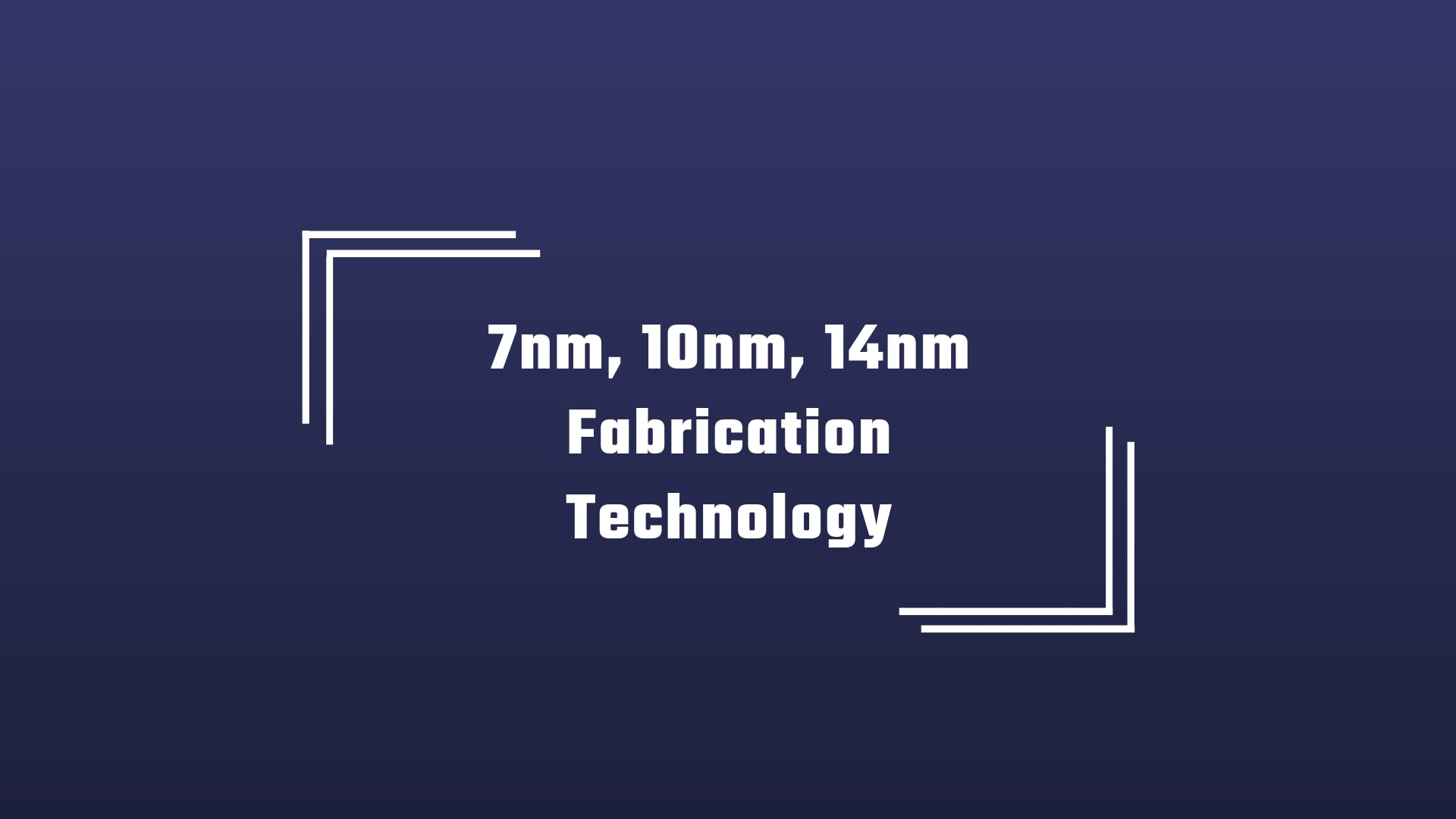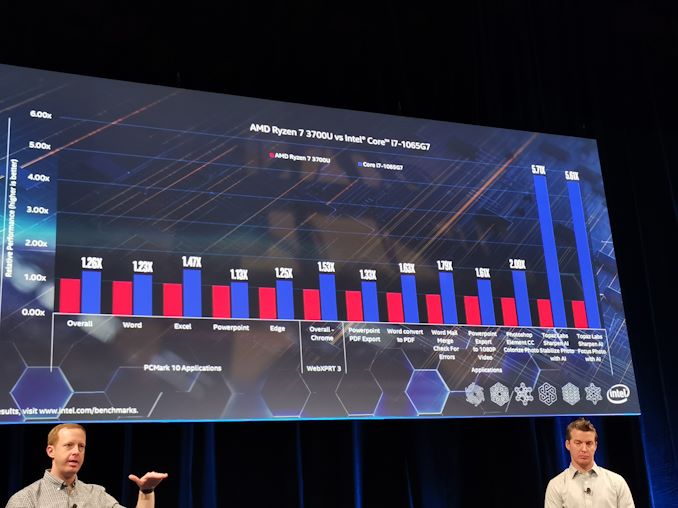Raevenlord
News Editor
- Joined
- Aug 12, 2016
- Messages
- 3,755 (1.15/day)
- Location
- Portugal
| System Name | The Ryzening |
|---|---|
| Processor | AMD Ryzen 9 5900X |
| Motherboard | MSI X570 MAG TOMAHAWK |
| Cooling | Lian Li Galahad 360mm AIO |
| Memory | 32 GB G.Skill Trident Z F4-3733 (4x 8 GB) |
| Video Card(s) | Gigabyte RTX 3070 Ti |
| Storage | Boot: Transcend MTE220S 2TB, Kintson A2000 1TB, Seagate Firewolf Pro 14 TB |
| Display(s) | Acer Nitro VG270UP (1440p 144 Hz IPS) |
| Case | Lian Li O11DX Dynamic White |
| Audio Device(s) | iFi Audio Zen DAC |
| Power Supply | Seasonic Focus+ 750 W |
| Mouse | Cooler Master Masterkeys Lite L |
| Keyboard | Cooler Master Masterkeys Lite L |
| Software | Windows 10 x64 |
Intel has decided to restart operations in its previously winded-down Costa Rica facilities. An Intel Product Change Notification (PCN) for their Cascade Lake Xeon Scalable processors shows that the company has added Costa Rica to its three other "Test and Finish" sites - the other three are located in Penang (Malaysia), Kulim (Malaysia) and Vietnam. Intel's aim is to guarantee a "continuous supply" of the affected processors - namely, Cascade Lake second-generation Xeon Scalable processors in the Silver, Gold and Platinum lines (in both boxed and tray SKUs).
This move, which will be done in phases. The first implementation of the Costa Rica operations will be effective on April 19th, with the remaining operations to come online on August 3rd. Intel expects to reduce dependency on their other three Test and Finish sites, while being able to bolster final production capacity by some 25% with this move.

View at TechPowerUp Main Site
This move, which will be done in phases. The first implementation of the Costa Rica operations will be effective on April 19th, with the remaining operations to come online on August 3rd. Intel expects to reduce dependency on their other three Test and Finish sites, while being able to bolster final production capacity by some 25% with this move.

View at TechPowerUp Main Site











